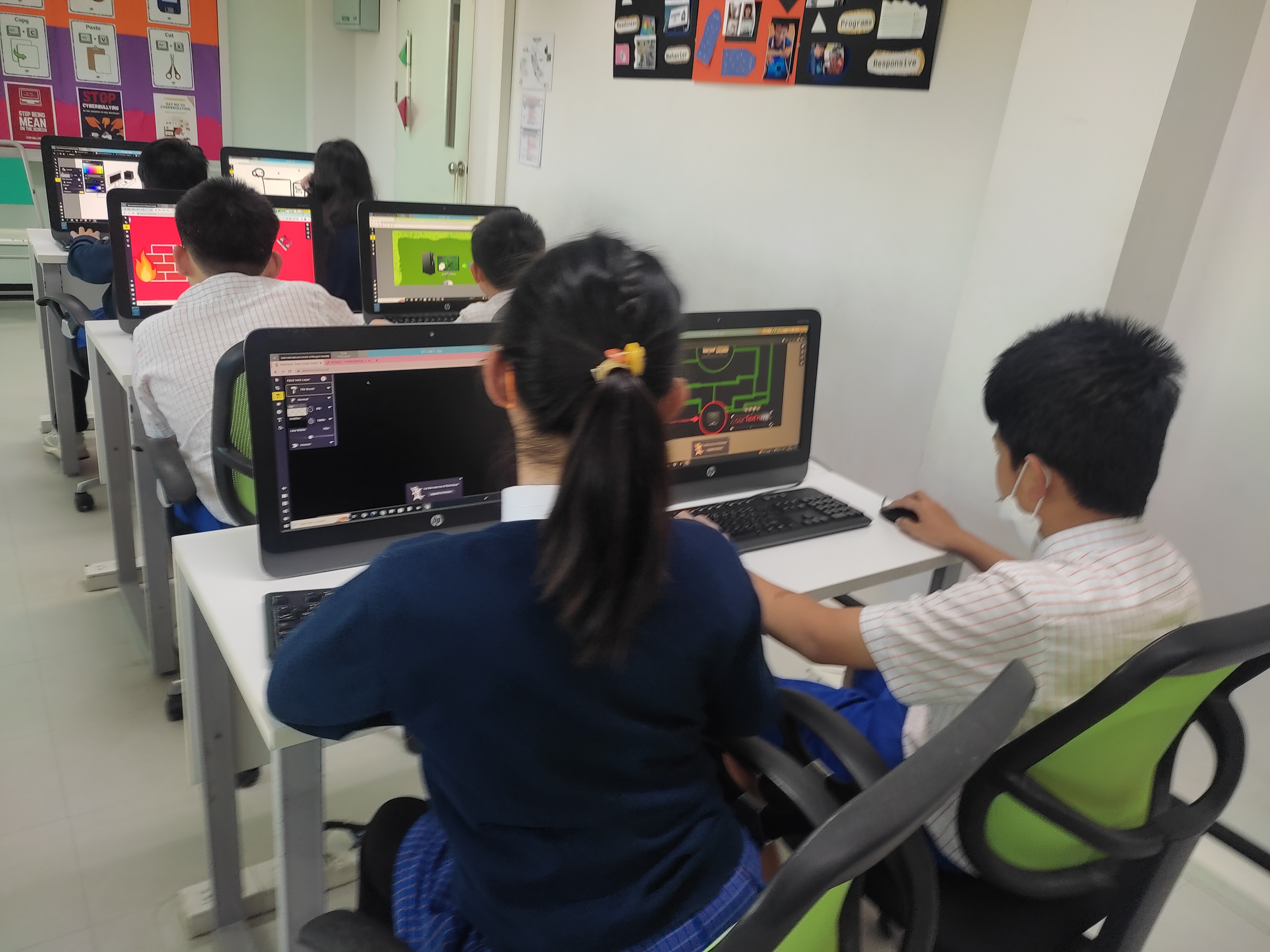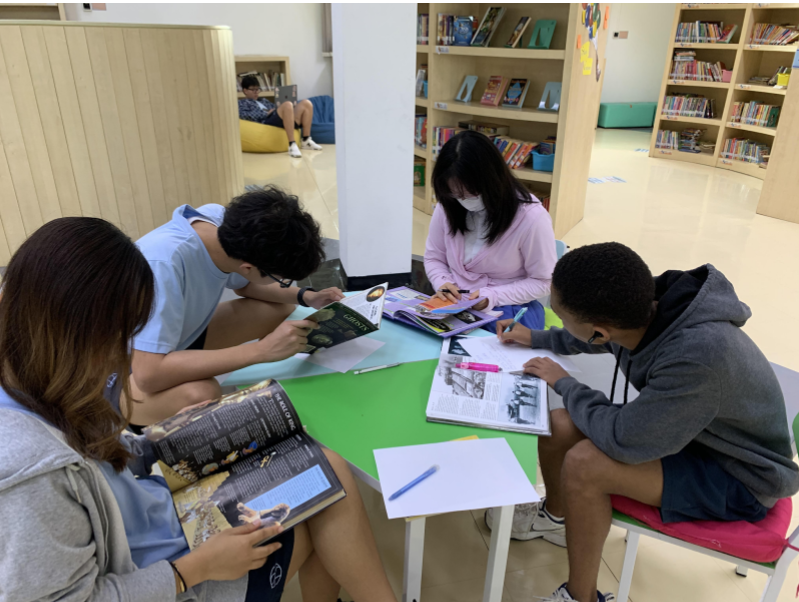Virtual Classrooms
Motivating and Engaging Students in Virtual Classrooms
At the International Bilingual School in Chiang Mai, classroom teachers have been challenged to find ways by which they can bring excellence into the virtual classroom. They know that professional online teaching is not based simply on the ability to teach in a Zoom room or develop a Google.doc.
Presenting content knowledge and answer students’ questions in a physical space is what teachers know how to do. When teachers engage in face-to-face instruction they can sense when it is time to pause – students are restless or showing signs of bewilderment. Before COVID-19, second-language teachers were skilled at noticing when it was time to ask their support teachers to help out. Since March teachers have been challenged to use their professional skills in adapting best teaching practices for the virtual classroom. Two major components for excellence in teaching, classroom space and learning time, have changed.

Classroom space. The strength of a physical learning space is that it fosters connection. Now teachers need to figure out how to make connections in a classroom that has no walls. Fostering connections with students is important. Some ideas include the use of virtual bulletin boards. These can be created to showcase the work of students. Another idea is to set up time periods for sharing feedback on students’ assignments. Also, teachers can invite students to share their experiences in working at home – including how they structure their days.
Flexible-time periods. One of the benefits of online learning is that it affords both teachers and learners flexible time periods. This means, for example, students will need to manage their own learning time. When instruction takes place in a physical classroom, students have only 40 minutes – for example – to finish something before moving on to the next class.
Now, students have much more autonomy. In the virtual classroom, students can decide how and when they complete their learning assignments. This is a plus for those students ‘who hate to be rushed’. Watch a video first – or, read the chapter first? Each student now has a choice according to her/his preferred learning style.

There’s more time for teachers, too, for reviewing students’ responses. For example additional text sources that be supplied to mitigate against misinterpretations where they occur.

Teachers are always pleased to get comments and questions from parents via email, or even a video phone call. The International Bilingual School in Chiang Mai encourages parents to make contact when they have concerns about any matters related to their child’s education.
Dr. Apiramon Ourairat, Chief Executive Officer
Satit International Bilingual School of Rangsit University Chiangmai